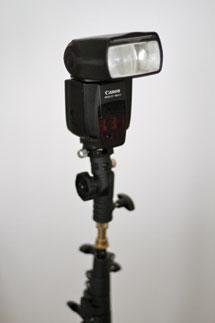|
Aug 04, 2011 |
First Published: Jun 01, 2011
|
Jun 17, 2011 |
First Published: May 01, 2011
|
Jun 23, 2011 |
First Published: May 01, 2011
|
Apr 01, 2011
|
Apr 01, 2011
|
May 04, 2011 |
First Published: Apr 01, 2011
|
Mar 01, 2011
|
Mar 01, 2011
|
Mar 01, 2011
|
Mar 01, 2011
|
Mar 01, 2011
|
Feb 01, 2011
|
Feb 01, 2011
















